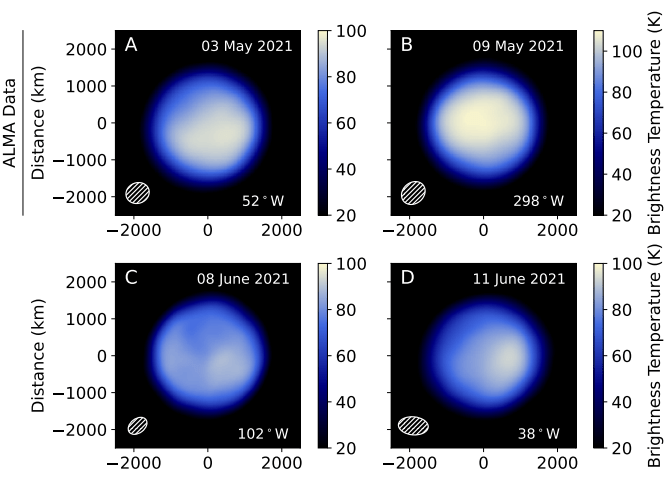Millions of people took a trip over to the US or Mexico to try and catch a glimpse of the 2024 total solar eclipse. Whether you took the trip or not, if you have since been bitten by the eclipse bug then there are three upcoming eclipses over the next couple of years. August 2026 sees an eclipse passing from Greenland, Iceland and Spain, 2027 sees an eclipse over North Africa and in 2028 Australia all be the place to be. With loads of possibilities for all locations, it’s time to get planning.
Many people across the World make attempts to witness solar eclipses, often travelling hundreds if not thousands of kilometres. I tried such a journey back in 1999 travelling from my home in Norfolk, UK to Cornwall, a journey of over 600 kilometres. Alas, and like many eclipse chasers before me, cloud thwarted my view. However, the experience of the daylight turning to dusk in a few seconds at the onset of totality, the birds singing as the ‘Sun came out again’, it was all such an incredible amazing experience.
Since that cloudy experience in Cornwall I committed to one day, actually seeing a total solar eclipse. I have seen partials, and they are wonderful but nothing like the majesty of a total solar eclipse.
What are we talking about? Well, the Moon travels around the Earth and the Earth travels around the Sun. It’s these changing relative positions that lead to the lunar phases. When the Moon is broadly between the Sun and Earth we experience a new moon phase. You might therefore wonder why we don’t experience a total solar eclipse every new moon! The answer lies in the obits; the orbit of the Moon around Earth is tilted by about 5 degrees in reference to the Earth’s orbit around the Sun. During most new moons the Moon is slightly above or below the Sun when viewed from Earth. It’s only when the two orbits intersect at a new moon that we see a total solar eclipse.
This is exactly what happened on 8 April 2024, a total solar eclipse became visible as the Moon silently passed directly between the Earth and Sun. When we get a perfect alignment of three celestial bodies like this its called a Syzygy, a wonderful word and great for a game of Scrabble. Totality for this eclipse lasted for about 4 minutes depending on the location of the observer. That’s the chief difference between a solar eclipse and a lunar eclipse. Lunar eclipses are visible anywhere on Earth that the Moon is visible but solar eclipses are only visible from very specific locations on Earth.































